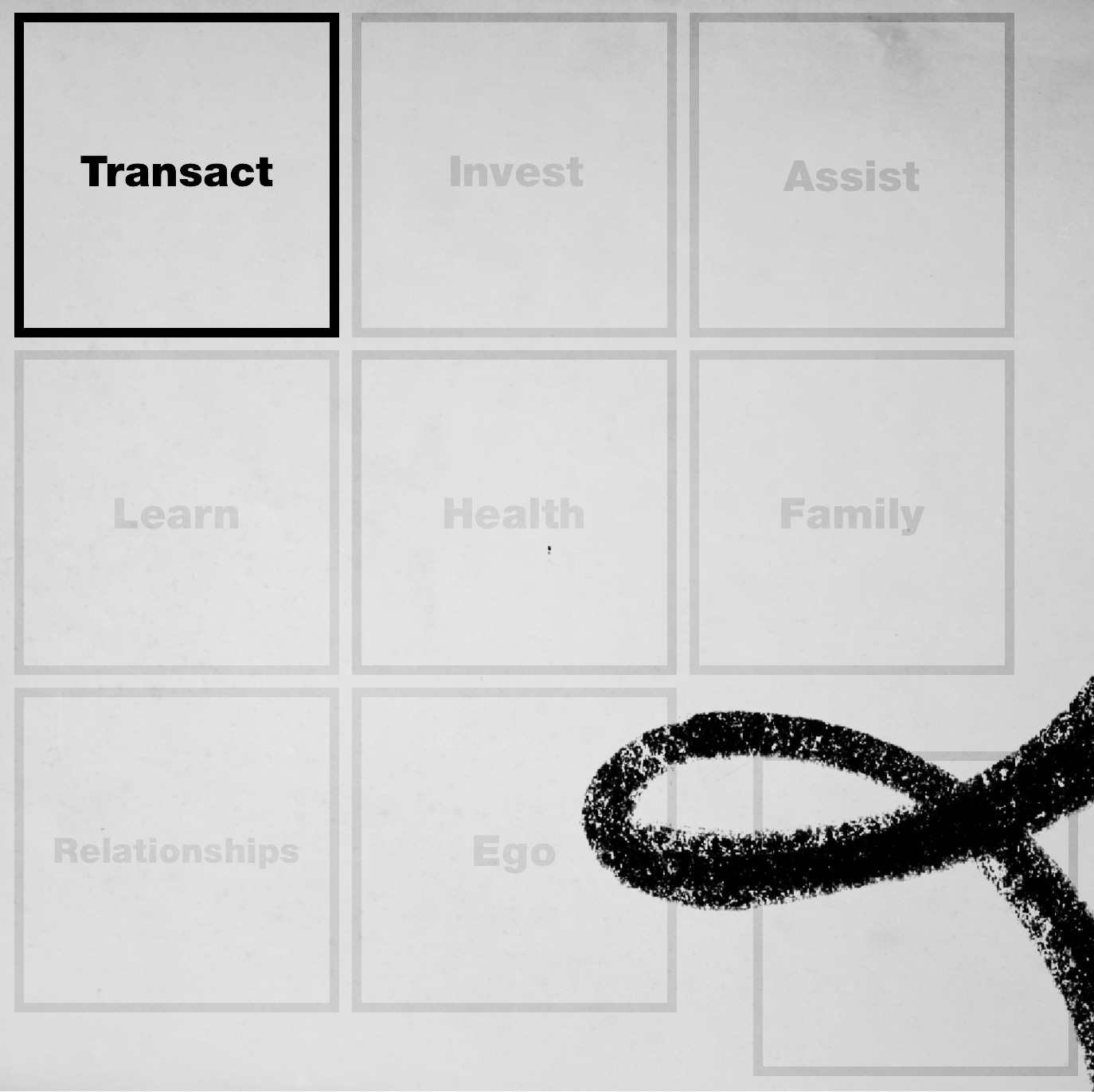
Good morning,
Welcome back to Action Items, a series in which we condense and extend each of our interviews into actionable bullet points — only for paid subscribers.
This week we’re revisiting my interview with Henrik Werdelin — a man on a quest to be good at everything. And when he says everything, he means everything: He’s a co-founder of successful startup Bark, he runs a venture development firm called prehype, he teaches entrepreneurship courses to university students, and he’s a husband and father.
Henrik’s outlook is a little bit contrarian — rather than preaching a narrow focus, he aspires to be as good at every area of his life as he can be.
Being good at everything, is a tall order — and that’s why he devised the 8 + 1 system. It helps him to divide each important area of his life up into buckets and make sure each bucket is getting enough attention.
Today’s Action Item is 745 words, that’s 3:45 minutes of actionable takeaways.
Let’s dive in!
👉 Question for members
After you read this interview, spend 10 minutes writing down what you think the buckets in your life are. What did you come up with? What areas need more attention? Reply to this email with your findings, and let’s chat!
✅ The 8 + 1 system
To use the 8 + 1 system, Henrik breaks down his life into 8 buckets:
- Transact: Make enough money to support your life
- Invest: Work, money, time that compounds over time
- Assist: Help others
- Learn: Acquire skills and knowledge you need to move forward in any area
- Health: Care for your body including exercise, sleep, meditation and food
- Family: Spend time with and care for the people you live with
- Relationships: Connect with people in your life outside your family
- Self-Kindness: Small things that make you happy every day
Then he makes time every week to do a Review Period to look at his 8 bucketes and make sure that things are well balanced — that’s the +1 in the 8 + 1 system.
He does his + 1 review by drawing a grid in his notebook, listing the buckets, and then listing out which activities in his week are going to each one. This creates a holistic, big picture view of his life that helps him see where he’s doing well — and where he’s falling short.
🧐 How to find your buckets
Henrik’s buckets aren’t generic labels like “home” and “work.”
Instead, he’s organized his buckets around inputs and outputs in his life. For example, Assist, Learn, and Invest are all inputs. Transact is an output. Having both types of buckets as part of his system is important to make sure he’s balancing his life appropriately.
The buckets in his system are also interrelated in non-obvious ways. For example, the Assist and Transact buckets are related in the sense that if Henrik has Assisted someone frequently in the past, that may leave open the opportunity for him to move that person to the Transact bucket in the future. Another example: the more his Learn bucket is filled up, the more he’ll be able to assist people in the future.
🤓 Dan's Take
The simple act of writing down all of our responsibilities and commitments can help make them feel more manageable, and keep us accountable to doing them. If you feel like you have too many balls in the air, it might be worth writing out the buckets in your life and seeing where each ball fits. It will either make you feel relieved — or help you realize that you’re over committed.
👩🔬 When you come up short — experiment
When he does his + 1 review, Henrik sometimes notices that he’s falling behind on one of his buckets. When that happens, Henrik experiments relentlessly to create a solution to make sure they’re filled. “The thing I would stress is experimentation within these eight buckets is really important,” he told me. “You need to force yourself to keep experimenting.”
How to experiment? Here’s a simple recipe:
- Admit that there’s a problem.
- Examine it with curiosity, and cultivate faith that you will find a solution.
- Write down a list of possible solutions.
- Try them one at a time to find one that works.
It’s seems simple — but it’s surprisingly hard to do in practice.
📙 The paper notebook
Henrik’s weekly 8 + 1 exercise goes in a small physical notebook he carries everywhere with him. He also keeps a page in it for each major project, and then fills those pages with todos. Each notebook lasts 10 days to two weeks.
When he’s finished a notebook, he transfers the best ideas and the most important todos into a new one and archives the old one. “This way I end up with a distilled version of all the thoughts in the last book,” he told me. “And I think there's something interesting in the cost of rewriting things down — if I’m willing to bear that cost, then the idea is probably worth something.”
📣 Key Takeaway
“If I can spend a few hours a week, creating systems that allow me to solve all the problems in my life in a scalable way, then I require much less cognitive load when I'm met with them.”
For the full story on Henrik, read the long-form interview here.
Did you like this summary? Have ideas for how I can make it better? Leave feedback in the comments or the form below!
This article was co-written by Dan Shipper and Annaliese Griffin
The Only Subscription
You Need to
Stay at the
Edge of AI
The essential toolkit for those shaping the future
"This might be the best value you
can get from an AI subscription."
- Jay S.
Join 100,000+ leaders, builders, and innovators

Email address
Already have an account? Sign in
What is included in a subscription?
Daily insights from AI pioneers + early access to powerful AI tools









